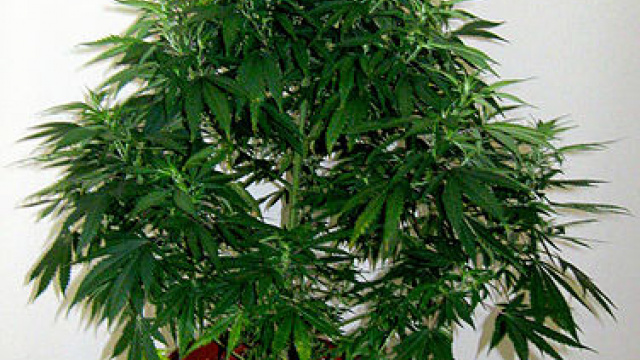In this day and age you can’t afford to run an industry efficiently without a computer as it plays a vital part in most manufacturing facilities. You must decide on a computer that is designed and built for 24/7 (non-stop; 24 hours a day, 7 days a week) and that can cope with the harsh industrial environment. There are many common hazardous elements in the industries such as dust, liquids, high temperature and so on that computers struggle to deal with. Dust often contains metals or other conductive materials that can accumulate in computer’s electrical system and cause short circuits. Dust can accumulate on the heat sink to prevent heat transfer rate, dust can block tiny ventilators to disrupt airflow and make the system overheating. Overheating is one of the common causes that shorten the lifespan of the CPU. Water can have more damaging effect if it penetrates the computer’s electrical system; an immediate short circuit can make the computer in-operable and force you to invest some more fortune.
Industrial computers are designed and built to withstand these harsh conditions. They are more robust and solid to resist severe consequences; they can operate in ambient temperature as high as 45°C (115°F) and provided with additional cooling system. They are housed in an enclosure to make them free from reaching any dust particles, liquids or any other hazardous materials. Due to the fact that they serve varied purposes and are more functions than computers used for home and simple offices, they are designed for 24/7 use. They come with higher grade power supply and in some cases an additional PSU is required.
The common microprocessors used in industrial computers are x86-compatible CPUs. Software can be custom written for a particular application or an off-the-shelf package for specific uses.
Industrial computers come with various form factors such as standard 19-inch rack-mounted, panel-mounted, wall mounted, floor-post mounted, yoke mounted and so on. All form factors are designed to provide superior protection from harsh industrial conditions. Some form factors provides superior cleanability by eliminating the ledge, which is required in aseptic areas e.g., in pharmaceutical plants. Industrial designs usually offer single-board computers and backplanes for greater repeatability. However, the majority of industrial PCs are manufactured with COTS motherboards.
After the rack mounted computer, Panel mounted computers are preferably chosen. It is typically composed of an LCD monitor incorporated into the same enclosure as the motherboard and other electronics. Panel PC often incorporates touch screens with virtual keyboard for user interaction.
Thomas Scott invites you to take a look at WinDom Co Ltd. Industrial computers come with various form factors such as standard 19-inch rack-mounted, panel-mounted, wall mounted, floor-post mounted, yoke mounted and so on.




Leave a Reply